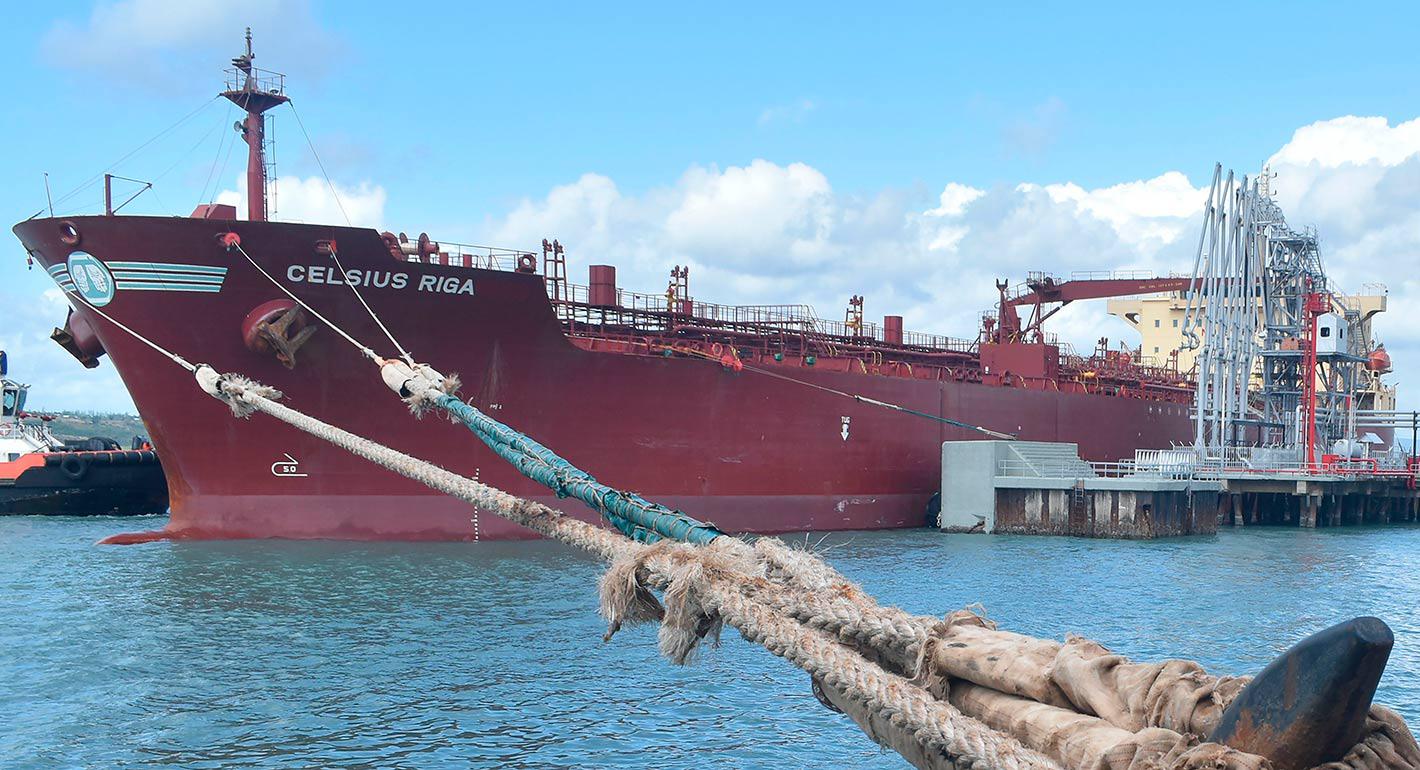Kenya’s much anticipated presidential election recently concluded with the Supreme Court confirming President William Ruto’s victory. In the runup to this close contest, Kenya’s political discourse was for once focused on economic and policy concerns. As the new government takes up the reins of administration, trade will feature in the policy solutions to ongoing challenges like rising unemployment rates, Kenya’s large public sector debt, concerns around equitable taxation, and the residual effects of global shocks such as the coronavirus pandemic and the Russia-Ukraine war. In charting the direction of the country’s post-election economic policy, trade will be important in various ways: its volume, bridging Kenya’s trade deficit, and the country’s external relations.
A cursory look at Kenya’s international trade reveals some striking patterns (see figure 1). The country’s total merchandise trade volume in 2020 amounted to $21 billion or 21 percent of GDP. More than 16 percent of this total is from trade with China (the country’s top trading partner), followed by the EU ($2.9 billion), India ($1.8 billion), and the United Arab Emirates (UAE) ($1.2 billion). The United States (nearly $1.0 billion) is Kenya’s fifth-largest trade partner. Other major economic partners include Uganda and Tanzania, both in East Africa. These trade relationships with major external partners will shape the new Kenyan government’s policy objectives especially around increasing the productivity of agriculture, manufacturing, and small businesses.

Kenya’s international trade is also an area where great power competition could play out. The country’s main exports to the United States, in 2019, were fairly diversified and included woven apparel ($286 million); knit apparel ($168 million); edible fruit and nuts ($55 million); ores, slag, and ash ($52 million); and coffee, tea, and spice ($41 million). This trade was enabled in large part by the Africa Growth and Opportunity Act, the preferential market access agreement for countries south of the Sahara. Meanwhile, Kenya imported aircraft ($59 million), plastics ($58 million), machinery ($41 million), and cereals ($30 million) from the United States.
There are ongoing discussions between the United States and Kenya for a free trade agreement as Kenya seeks to become a manufacturing hub for U.S. companies looking to diversify or relocate out of China. In the interim, the two countries signed the U.S.-Kenya Strategic Trade and Investment Partnership (STIP) in July 2022, an agreement that identified areas around which to “develop an ambitious roadmap for enhanced cooperation with the goal of negotiating high-standard commitments in order to achieve economically meaningful outcomes.” The initial areas of collaboration include agriculture; digital trade; micro, small, and medium enterprises; supporting the participation of women, youth, and others in trade; collaboration on standards setting; and trade facilitation and customs procedures.

The U.S.-Kenya STIP was launched against the backdrop of China’s rapidly rising trade relationship with Kenya. Since 2000, China-Kenya trade has grown nearly thirty-fold, from $106 million to $3.5 billion in 2020. As these trade volumes have grown, so has Kenya’s trade deficit. The country’s total trade deficit as of 2020 stands at around $9.7 billion, and China ($3.3 billion) accounts for about one-third of this imbalance (see figure 2). Between 2015 and 2019, for instance, Kenya’s main exports to China were “titanium and zirconium ores and concentrates” (around 60 percent), vegetable textile fibers (4.9 percent), and petroleum oils (4.7 percent), among others. Its major imports are “electrical machinery and equipment (19 percent); nuclear reactors, boilers, machinery, and mechanical appliances and parts (18 percent); iron and steel (7 percent); and plastics (6 percent).”
Closing this trade deficit is a salient topic that features regularly in diplomatic engagement between the two countries. Indeed, it was one of the announcements at the 2021 Forum on China-Africa Cooperation. In January 2022, China and Kenya also signed six bilateral trade agreements that focused on removing tariffs and other trade and nontrade barriers. These agreements promised access to China’s large market for Kenyan exporters and included protocols to facilitate bilateral trade, especially exports of avocados and aquatic products. In August 2022, Kenya became the first African country to export fresh avocados to China.
Beyond the United States and China, Kenya has strong and growing trade relations with other major countries. The UAE imports refined petroleum, tea, and meat from Kenya. In July 2022, the UAE and Kenya announced the start of trade negotiations to initiate a comprehensive economic partnership agreement that aims to reduce trade barriers between the two countries. With this agreement, the UAE will invest in Kenya's vital economic sectors, such as tourism and agriculture, and boost non-oil trade and investment. Kenya also signed an economic partnership agreement with the UK in December 2020; the agreement provided quota-free and duty-free market access for all Kenyan products, including manufactured and processed ones. The agreement also guaranteed tariff-free access to Kenya’s market for UK suppliers of machinery, electronics, and technical equipment, among others.
Within Africa, Kenya is a critical actor driving some aspects of regional integration. With its 2021 GDP of $110.3 billion, it is the largest economy and major driver of rapid integration in the East African Community (EAC). It is no surprise, therefore, that Kenya ranked second on regional integration in Africa. The EAC ranks highest on the Africa Regional Integration Index, with the free movement of people as its most robust dimension. An Afrobarometer survey on East African integration shows that 52 percent of Kenyans approve of the free movement of goods, services, and labor. However, there is still a gap in public awareness and support for this integration.
Kenya’s notable progress in securing regional and international trade deals is positioning the country as an important trading economy. It will be crucial for Kenya to balance its overlapping and complicated relationships with the great powers, its trade ties with neighbors in the EAC, and its interest in advancing the African Continental Free Trade Area. As Kenya’s new president takes office, trade policy will be at the heart of the country’s plans to close its trade deficit, generate jobs, increase public revenues, and boost productivity.








